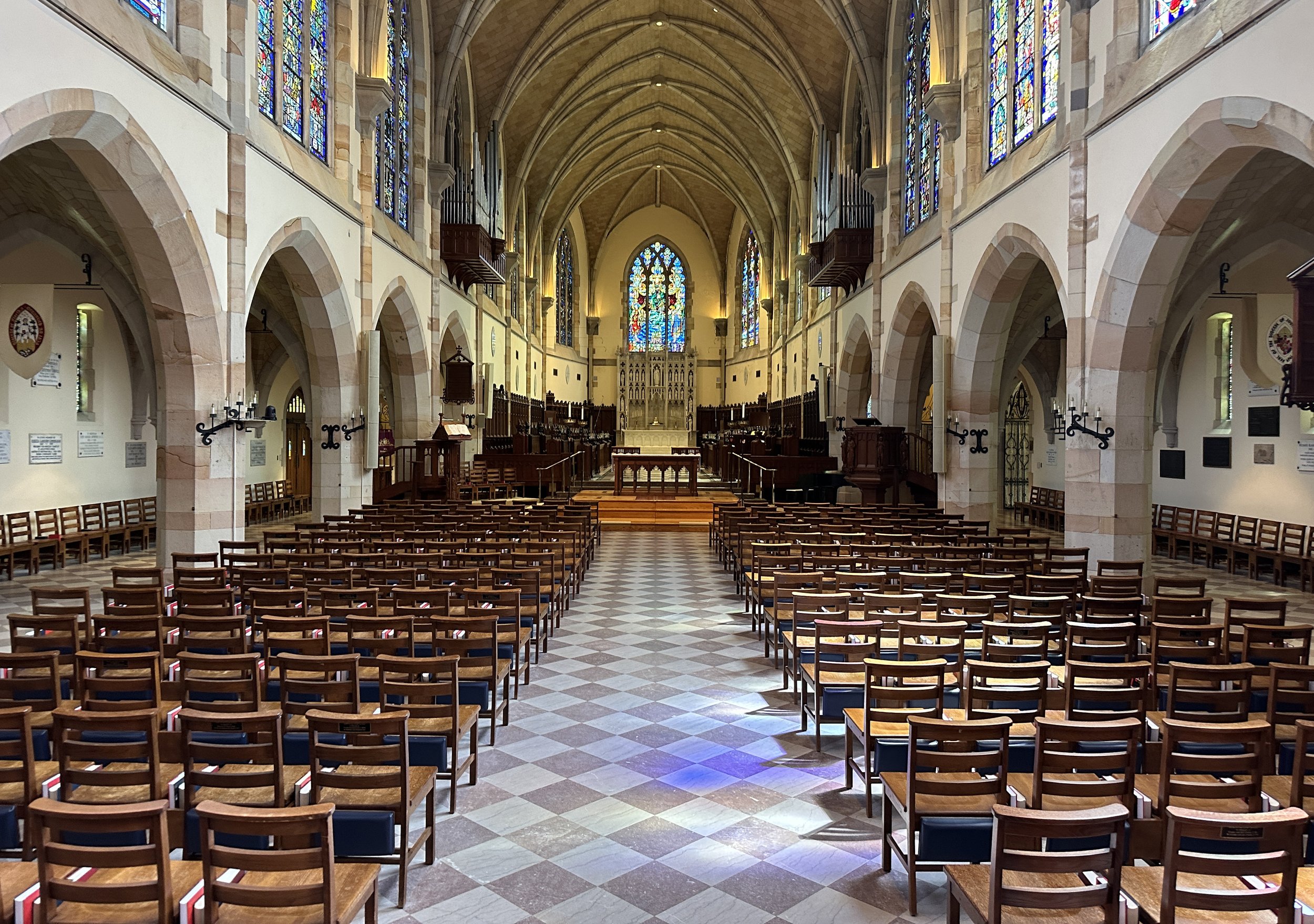
September 20
John Coleridge Patteson and his Companions
Bishop, Martyrs, 1871
art by Rev. Kirsten Kohr of Geneva, Ohio Almighty God, who called your faithful servant John Coleridge Patteson and his companions to witness to the gospel, and by their labors and sufferings raised up a people for your own possession: Pour out your Holy Spirit upon your church in every land, that, by the service and sacrifice of many, your holy Name may be glorified and your kingdom enlarged; through Jesus Christ our Lord, who lives and reigns with you and the Holy Spirit, one God, for ever and ever. Amen.
The death of Bishop Patteson and his companions at the hands of Melanesian islanders, whom Patteson had sought to protect from slave-traders, aroused the British government to take serious measures to prevent piratical man-hunting in the South Seas. Their martyrdom was the seed that produced the strong and vigorous Church which flourishes in Melanesia today.
Patteson was born in London on April 1, 1827. He attended Balliol College, Oxford, where he took his degree in 1849. After travel in Europe and a study of languages, at which he was adept, he became a Fellow of Merton College in 1852 and was ordained the following year.
While serving as a curate of Alphington, Devonshire, near his family home, he responded to Bishop George Augustus Selwyn’s call in 1855 for helpers in New Zealand. It is said that he learned to speak some twenty-three of the languages of the Melanesian people, and he established a school for boys on Norfolk Island to train native Christian workers. On February 24, 1861, he was consecrated Bishop of Melanesia.
On a visit to the island of Nakapu, Patteson was stabbed five times in the chest, in mistaken retaliation for the brutal outrages committed some time earlier by slave traders. In the attack, several of Patteson’s company were also killed or wounded. Bishop Selwyn later reconciled the natives of Melanesia to the memory of one who came to help and not to hurt.
Excerpted directly from “Lesser Feasts and Fasts 2022,” p. 420-421.

